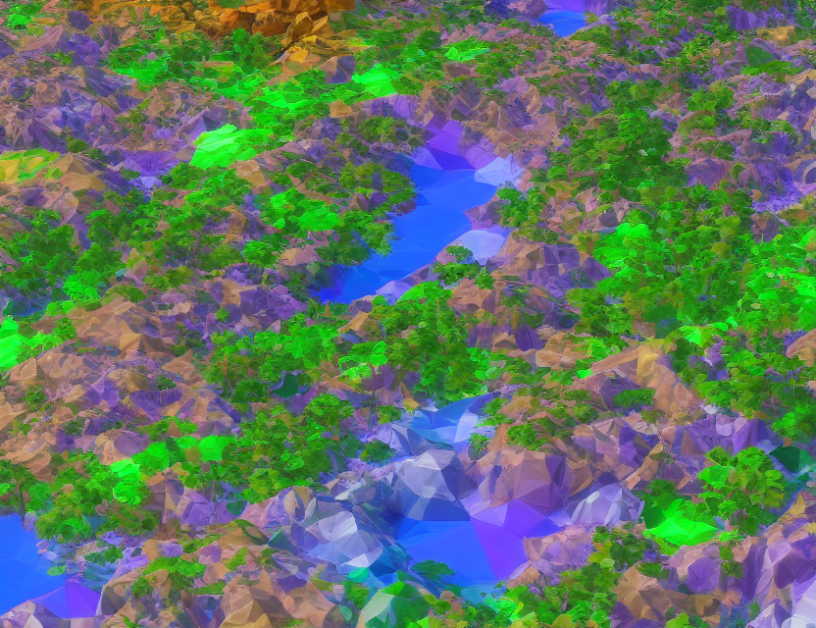Supermassive black holes are found at the centers of galaxies, and their mass can range from millions to billions of solar masses. However, studying these black holes is challenging due to their immense size and strong gravitational pull. To better understand these phenomena, researchers need a way to simulate and study supermassive black holes without directly observing them. In this article, we propose a new approach called "parameterization," which enables us to effectively sample the parameter space of supermassive black holes theoretically.
Parameterization
The term "parameterization" refers to the process of simplifying complex mathematical models by reducing their parameters or variables. By doing so, researchers can better understand and analyze the relationships between these parameters and their effects on the overall behavior of the system. In our case, parameterization helps us study supermassive black holes more efficiently by reducing the number of parameters involved in the simulation.
Our approach
To create a more comprehensive exploration of supermassive black holes, we propose using machine learning algorithms as data augmentation tools. By combining these algorithms with theoretical studies, we can improve the parameterization of these black holes and better understand their characteristics and properties. We demonstrate the effectiveness of our approach through experiments that show how it can be used to simulate various scenarios involving supermassive black holes.
Results
Our experiments show that our model can be used as a data augmentation tool for other deep learning algorithms, which can significantly improve the parameterization of supermassive black holes. By playing a vital role in improving the parameterization of these black holes, our approach can facilitate a more comprehensive exploration of their characteristics and properties.
Conclusion
In conclusion, our study proposes a new approach called "parameterization" to effectively sample the parameter space of supermassive black holes theoretically. By reducing the number of parameters involved in the simulation, we can better understand and analyze the relationships between these parameters and their effects on the overall behavior of the system. Our approach demonstrates the potential to improve the parameterization of supermassive black holes and facilitate a more comprehensive exploration of their characteristics and properties. By using machine learning algorithms as data augmentation tools, we can significantly improve the accuracy of our simulations and gain valuable insights into the behavior of these mysterious objects.



